Balancing Hunting and Habitat in Forests
- August 27, 2024
- 0 comment
Hunting has been an integral part of human culture and survival for thousands of years. In forest ecosystems, it serves not only as a means of sustenance but also as a practice deeply embedded in the traditions and livelihoods of many communities. The act of hunting connects people to the natural world, fostering a relationship that goes beyond mere resource extraction. However, as modern conservation efforts emphasize the need to preserve biodiversity and maintain ecological balance, the role of hunting in forest management has become increasingly complex.
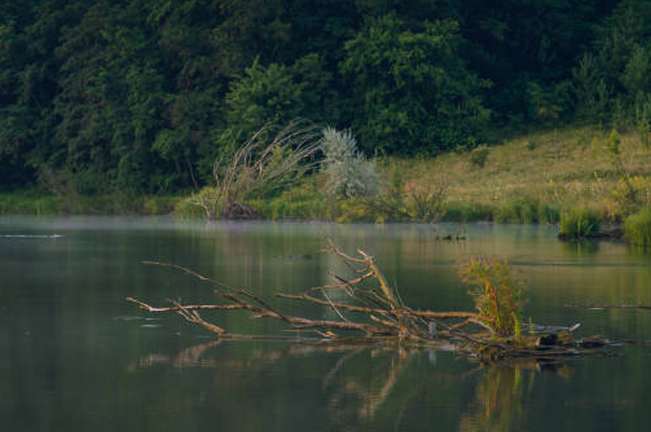
Habitat management plays a crucial role in maintaining the health and diversity of forest ecosystems. By preserving and restoring habitats, we ensure that wildlife populations thrive in a balanced and sustainable manner. The challenge arises when hunting, with its potential to alter population dynamics, intersects with these habitat management goals. Finding the right balance between the two is vital to ensuring that hunting can continue sustainably while maintaining the ecological integrity of forests.
Table of Content
- The Ecological Role of Hunting in Forest Ecosystems
- Habitat Management Strategies for Sustainable Hunting
- Balancing Game Species and Biodiversity Conservation
- Addressing Conflicts Between Hunters and Conservationists
- The Role of Policy and Regulation in Harmonizing Hunting and Habitat Management
- The Future of Hunting and Habitat Management in Forest Ecosystems
- FAQs
The Ecological Role of Hunting in Forest Ecosystems
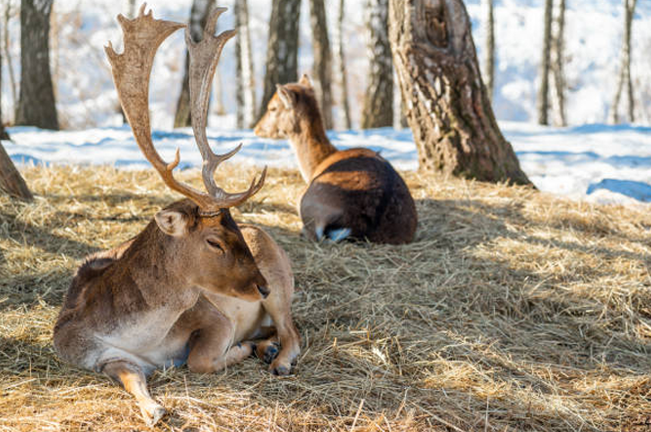
Hunting has a significant influence on the population dynamics of wildlife species. By selectively reducing the numbers of certain species, hunting can help control overpopulation, which, if left unchecked, can lead to habitat degradation and loss of biodiversity. For example, in many forested areas, hunting of deer or wild boar is essential to prevent these animals from overgrazing vegetation, which can negatively impact plant diversity and forest regeneration.
Predator-prey relationships are also affected by hunting. In some ecosystems, hunting can reduce the number of predators, which in turn can lead to an increase in prey species. This dynamic can either stabilize or destabilize the ecosystem, depending on how it is managed. For instance, the removal of top predators through hunting can lead to an overabundance of herbivores, which may then put pressure on plant communities.
While hunting can benefit ecosystem health by preventing overpopulation and maintaining predator-prey balances, it also carries risks. Unregulated or poorly managed hunting can lead to the decline of key species, disrupt ecological processes, and reduce biodiversity. Understanding these dynamics is crucial for developing hunting practices that contribute positively to ecosystem health.
Habitat Management Strategies for Sustainable Hunting
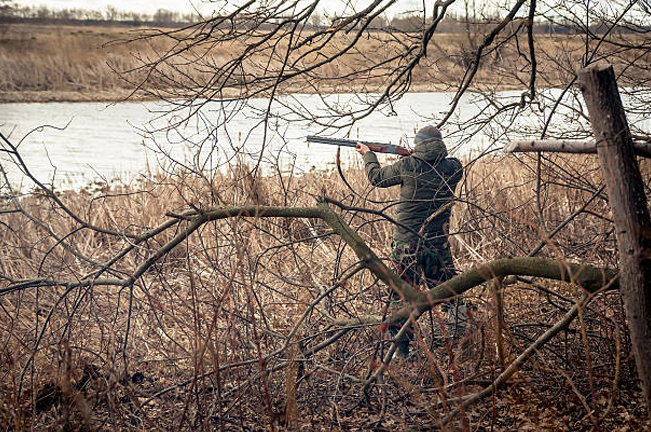
To ensure that hunting contributes to the sustainability of forest ecosystems, effective habitat management strategies are essential. One key strategy is the preservation and enhancement of habitat corridors, which allow wildlife to move freely between different areas of the forest. These corridors are vital for maintaining genetic diversity, supporting species that require large territories, and allowing animals to escape hunting pressure in certain areas.
Another important aspect of habitat management is ensuring connectivity between different habitats. This connectivity is essential for species that migrate or have seasonal ranges. By maintaining connected landscapes, managers can help species avoid population bottlenecks and ensure that hunting does not isolate populations.
Enhancing habitat quality is also critical. This can involve practices such as controlled burns, selective logging, and the creation of food plots to support wildlife populations. These practices not only improve habitat conditions but also ensure that hunting activities are aligned with the goals of conservation and ecosystem health.
Balancing Game Species and Biodiversity Conservation
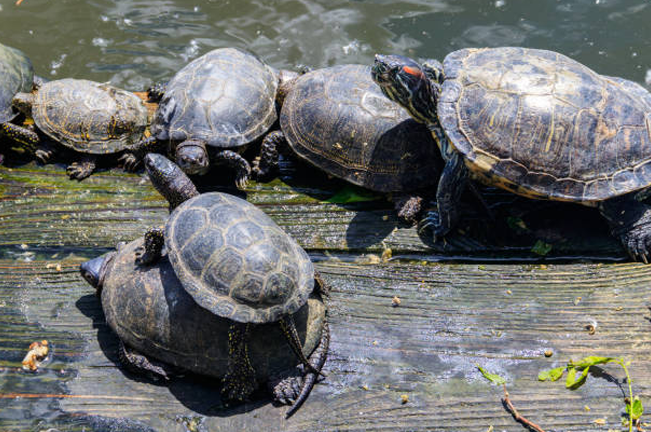
Managing game species populations without compromising overall biodiversity is a delicate task. One effective approach is to implement hunting regulations that set limits on the number of animals that can be harvested each season. These regulations help prevent overhunting and ensure that game species populations remain stable. Additionally, they protect non-target species that may be vulnerable to incidental impacts from hunting.
The role of hunting regulations is particularly important in protecting keystone species—those that have a disproportionate effect on their ecosystems. By regulating hunting, we can prevent the decline of these critical species and maintain the overall health of the forest. In some cases, habitat management and hunting have successfully coexisted. For example, certain forest management programs have combined habitat restoration with regulated hunting to achieve both conservation and game management goals.
Addressing Conflicts Between Hunters and Conservationists
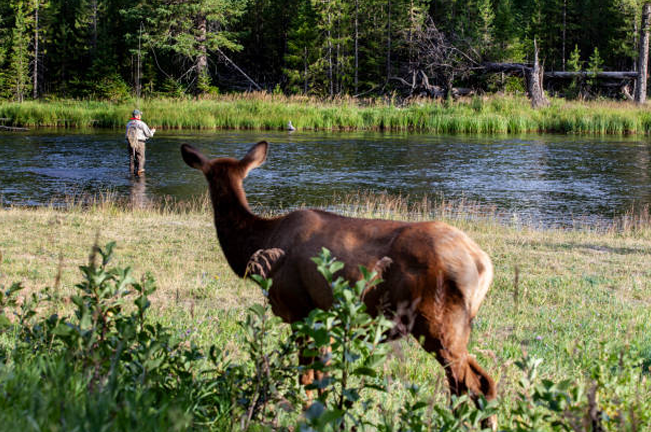
Conflicts between hunters and conservationists often arise from differing perspectives on wildlife management. Hunters may prioritize game species and see them as resources to be managed for sustained use, while conservationists may focus on preserving entire ecosystems and protecting all species, regardless of their value as the game.
Building collaborative relationships is key to resolving these conflicts. By involving hunters in conservation efforts and ensuring that their knowledge and experience are valued, we can foster mutual respect and cooperation. Education and outreach programs can also play a significant role in bridging the gap between hunters and conservationists. By promoting a shared understanding of the ecological principles that underlie sustainable hunting and habitat management, these programs can help both groups work together toward common goals.
Role of Policy and Regulation in Harmonizing Hunting and Habitat Management
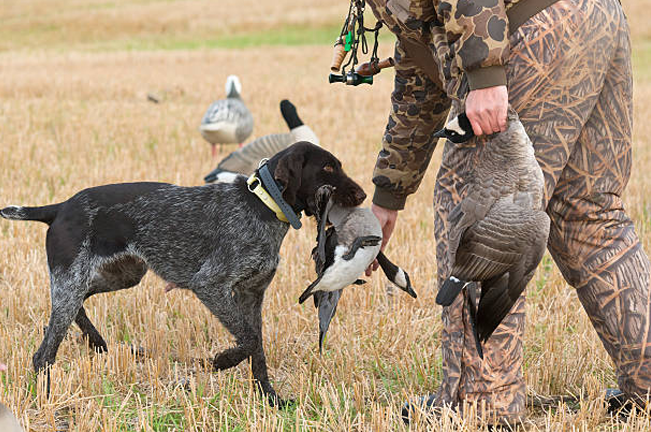
Effective policies and regulations are essential for balancing hunting with habitat management. Hunting regulations set limits on the number of animals that can be harvested, the methods that can be used, and the times of year when hunting is allowed. These regulations help ensure that hunting does not deplete wildlife populations or disrupt ecological processes.
Adaptive management is also critical. As environmental conditions change, policies must be flexible enough to respond to new challenges. For example, climate change may alter the distribution and behavior of wildlife species, requiring adjustments to hunting regulations and habitat management practices.
Government policies can support sustainable hunting and habitat conservation by providing incentives for landowners to engage in responsible practices. Additionally, non-governmental organizations play a vital role in shaping carbon credit frameworks and advocating for conservation-friendly policies.
The Future of Hunting and Habitat Management in Forest Ecosystems
The future of hunting and habitat management will be shaped by emerging trends in wildlife management and conservation. As our understanding of ecosystems deepens, new approaches to managing wildlife populations and habitats will continue to evolve.
Climate change presents a significant challenge, as it may disrupt traditional hunting seasons and alter the habitats that wildlife depend on. To address these challenges, innovations in habitat restoration and wildlife management will be essential. These innovations may include new technologies for monitoring wildlife, improved habitat restoration techniques, and more sophisticated models for predicting the impacts of climate change on forest ecosystems.
By integrating these advancements with traditional knowledge and practices, we can create a future where hunting and habitat management work together to sustain healthy and resilient forest ecosystems.
Frequently Asked Questions (FAQs)
- What is the significance of hunting in forest ecosystems?
Hunting plays a crucial role in controlling wildlife populations, preventing overpopulation, and maintaining ecological balance. It also has deep cultural and historical significance in many communities. - How does hunting affect wildlife population dynamics?
Hunting influences population sizes, predator-prey relationships, and species distribution, which can impact overall ecosystem health. - What are the key challenges in integrating hunting with habitat management?
Challenges include balancing game species populations with biodiversity conservation, preventing overhunting, addressing conflicts between hunters and conservationists, and adapting management practices to changing environmental conditions. - What are habitat management strategies that support sustainable hunting?
Strategies include preserving habitat corridors, maintaining connectivity between habitats, enhancing habitat quality, and implementing practices that align hunting with conservation goals. - How can hunting regulations contribute to biodiversity conservation?
Hunting regulations help manage game species populations, protect non-target species, and ensure that hunting practices do not compromise overall biodiversity. - What conflicts exist between hunters and conservationists, and how can they be resolved?
Conflicts often arise from differing priorities. These can be addressed through collaboration, education, and outreach to foster mutual respect and cooperation. - How do policies and regulations impact hunting and habitat management?
Policies and regulations set limits on hunting, guide habitat management practices, and support adaptive management in response to environmental changes. - What are the emerging trends in hunting and habitat management?
Trends include the impact of climate change on wildlife management, innovations in habitat restoration, and the integration of traditional knowledge with modern conservation practices. - How can climate change affect hunting and habitat management in forest ecosystems?
Climate change may alter species distribution, disrupt traditional hunting seasons, and affect habitat quality, necessitating adaptive management strategies. - What is the future of balancing hunting and habitat management?
The future will likely involve a greater emphasis on collaboration, innovative management practices, and policies that promote both hunting and conservation for resilient forest ecosystems.

Gilbert Griffin
Forestry AuthorGilbert Griffin is a forest management expert specializing in sustainable practices, forest health, conservation, and land management. With extensive knowledge in pest control, disease management, and habitat restoration, Gilbert develops strategies to preserve forest ecosystems and biodiversity. Passionate about the natural world, Gilbert adapts to changes in forest management and stays updated through continuous learning. Gilbert also provides seasonal advice to optimize forest care throughout the year.


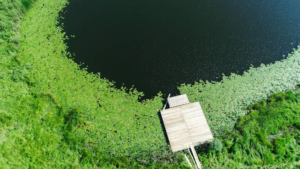
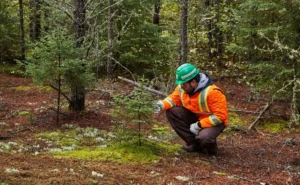



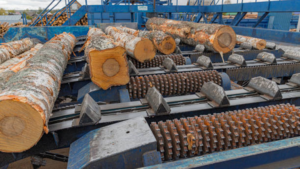
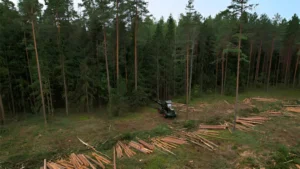



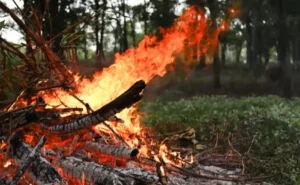
Leave your comment